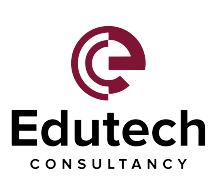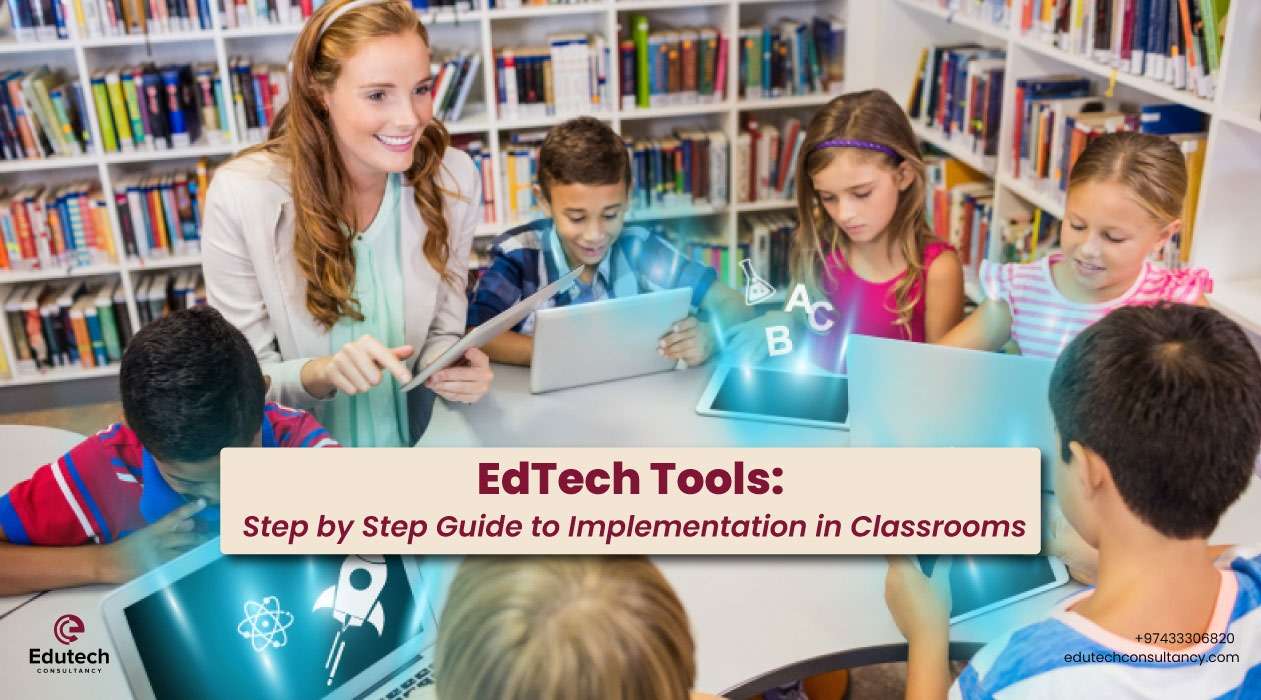Introduction
Educational Technology, called EdTech, is a broad spectrum of applications, resources, and software that can significantly facilitate the educational process. Additionally, they enhance the experience for both the teacher and the learner. Notably, EdTech has revolutionized the academic world. You will find it hard to believe, but students employed 143 EdTech tools on average between 2021 and 2022. The current research reveals that the integration of digital tools has increased.
However, it is crucial to note that incorporating EdTech into your classroom could be a big challenge. Bringing new technologies into the classroom is not as easy as buying new technological tools.
Successful Integration of EdTech Tools
The successful integration of EdTech requires a strategic plan of action, resources, and well-trained professionals to enhance the academic environment for the learners. Herein, the respective blog will guide you on how to incorporate the EdTech tools techniques into your teaching/learning process innovatively.
1. Assess your classroom needs:
Before entering the world of EdTech, it is essential to assess your requirements based on your specific goals.

- Firstly, identify the outcomes with the help of the technology you aim for.
- Then, analyze whether you want to support personalized learning, enhance collaboration, or improve learner engagement.
- Next carefully evaluate the respective digital resources and educational infrastructure.
- Determine if your educational setting will be able to incorporate the EdTech tools well.
2. Select the appropriate EdTech tools:
Once your needs are clear, the only obvious and logical next step is to research and find the right EdTech tools. This phase is vital to verifying that the technology meets your educational goals.
- Read and review various platforms.
- Identify the EdTech with a user-friendly interface with positive reviews
- Make sure your current infrastructure can accommodate the tools you choose efficiently.
3. Execution Plan:
After choosing which EdTech tools best suit your requirements, it’s important to formulate an implementation plan to incorporate EdTech into your classroom.
- Establish a timeline including initial phases such as training, pilot testing, and full-scale implementation.
- Schedule workshops and seminars for instructors in your educational setting for professional development.
- Hire a technical team, including IT professionals, to support the smooth integration of EdTech in your classroom.
4. The Pilot Program:
If you are considering adopting EdTech in your classroom, it is recommended that you run a pilot program to identify the obstacles and potential challenges. While in the transition phase, determine the insights of the outcomes on the students’ learning experience.
- Initially, run a trial or pilot program with a few students.
- Assess the performance of the EdTech in your classroom in the pilot program.
- Gather feedback from participants, faculty members, and institution administrators.
- Based on the input, integrate or make amendments to efficiently and effectively incorporate EdTech in your classroom.

In the pilot program, integrate the following interventions to increase student engagement as well as enhance overall learners’ academic experience:
- Gaming Element
- Interactive Tech Tools
- Video-Based Learning
- Cloud-Based Collaboration
5. Analyze and Improvise:
It is of prime significance to analyze the learning and teaching outcomes of digitalization in the classroom to successfully integrate and implement EdTech.
- Determine if EdTech aligns with your learning objectives based on student and faculty feedback.
- Carefully assess if there are positive outcomes of digitalization in your classroom.
- Keep collecting data, focus on student feedback (from the pilot program), and check whether EdTech implementation is enhancing students’ learning experience.
- Identify the weak areas of EdTech in your system and refine the program to improve your educational institution’s overall performance.
Conclusion
EdTech tools can significantly improve classroom learning when appropriately adopted, but the process needs proper planning and implementation. Firstly, you need to determine and understand your educational requirements and then identify tools to support your teaching goals better.
Indeed, it is of prime significance for educators to understand that digitalization and/or integration of EdTech involves not only purchasing new devices but also creating a new and improved educational space where novel and innovative learning techniques are introduced to assist students in achieving academic success.
So, remember that using these technologies requires adaptability and a readiness to change at all times. To truly benefit from EdTech, one needs to be open to change and continuously reflect. By adopting such opportunities and refining your approach, you may consider all the potential of EdTech for a conventional education system and establish an inclusive and positive learning environment.
FAQs:
1. What is EdTech?
Commonly abbreviated as EdTech, educational technology refers to a wide range of tools, resources, and/or software that may greatly improve learning outcomes and teacher and student experiences.
2. Is EdTech available for all educational levels?
Certainly, EdTech tools and resources are available for all educational levels, from elementary school, higher education and professional degree programs.
3. Is EdTech effective in improving learning outcomes?
It has been reported worldwide that EdTech tools and resources are effective in improving student engagement and the overall academic experience of students.


